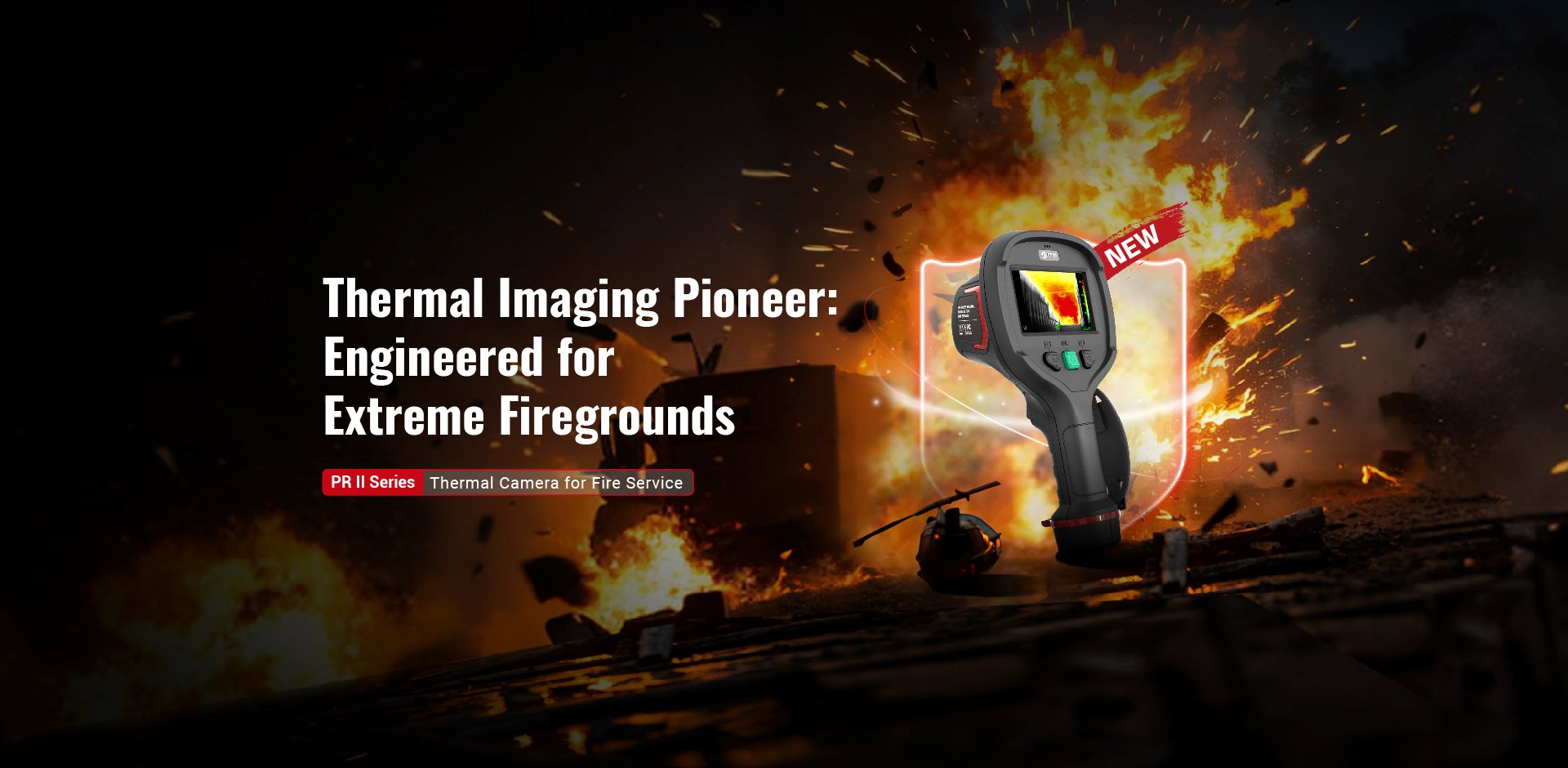
# Thermal Imaging Camera: Essential Tool for Modern Surveillance and Inspection
## Introduction to Thermal Imaging Cameras
Thermal imaging cameras have revolutionized the way we detect and analyze heat signatures in various environments. These advanced devices capture infrared radiation emitted by objects and convert it into visible images, allowing users to “see” heat patterns that are invisible to the naked eye.
## How Thermal Imaging Works
At the core of thermal imaging technology is the principle that all objects emit infrared energy as a function of their temperature. A thermal imaging camera consists of:
– A special lens that focuses infrared light
– A detector array that converts infrared radiation into electrical signals
– Signal processing electronics that translate the data into a visible image
The resulting thermal image displays temperature variations through different colors or shades, with warmer areas typically appearing brighter or in warmer colors (reds, yellows) and cooler areas appearing darker or in cooler colors (blues, purples).
## Key Applications of Thermal Imaging Cameras
### Surveillance and Security
Thermal cameras have become indispensable in modern security systems because they:
– Can detect intruders in complete darkness
– Work effectively through smoke, fog, and light foliage
– Provide 24/7 surveillance capability regardless of lighting conditions
– Can identify potential threats at greater distances than visible-light cameras
### Industrial and Building Inspection
Thermal imaging is widely used for preventive maintenance and quality control:
– Electrical systems: Detecting overheating components before failure occurs
– Mechanical equipment: Identifying friction points and bearing failures
– Building diagnostics: Locating heat leaks, moisture intrusion, and insulation defects
– Roof inspections: Finding water damage beneath roofing materials
### Firefighting and Emergency Response
Firefighters rely on thermal imaging to:
– Locate victims in smoke-filled environments
– Identify hot spots and potential flashover conditions
– Navigate through low-visibility situations
– Assess structural integrity during firefighting operations
## Advantages Over Traditional Imaging
Thermal imaging cameras offer several distinct benefits:
– Non-contact measurement: Allows inspection without physical contact
– Real-time imaging: Provides immediate visual feedback
– Works in total darkness: Doesn’t require any visible light
– Penetrates certain materials: Can see through smoke, fog, and some thin materials
– Quantitative analysis: Many models provide precise temperature measurements
## Choosing the Right Thermal Imaging Camera
When selecting a thermal camera, consider these factors:
– Resolution: Higher resolution provides more detailed images
– Temperature range: Ensure it covers your expected measurement range
– Sensitivity: Look for cameras with high thermal sensitivity
– Features: Consider additional functions like WiFi connectivity or image fusion
– Durability: Important for industrial or outdoor use
– Software compatibility: Check available analysis tools
## Future Trends in Thermal Imaging
The thermal imaging industry continues to evolve with:
– Decreasing costs making the technology more accessible
– Improved resolution and sensitivity
– Integration with AI for automated analysis
– Smaller, more portable designs
– Enhanced connectivity options for remote monitoring
As thermal imaging technology becomes more affordable and sophisticated, its applications continue to expand across numerous industries, making it an essential tool for modern surveillance and inspection needs.
Keyword: thermal imaging camera